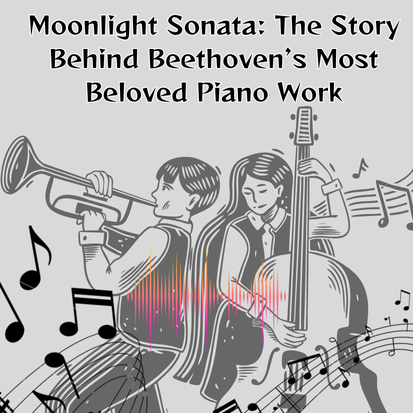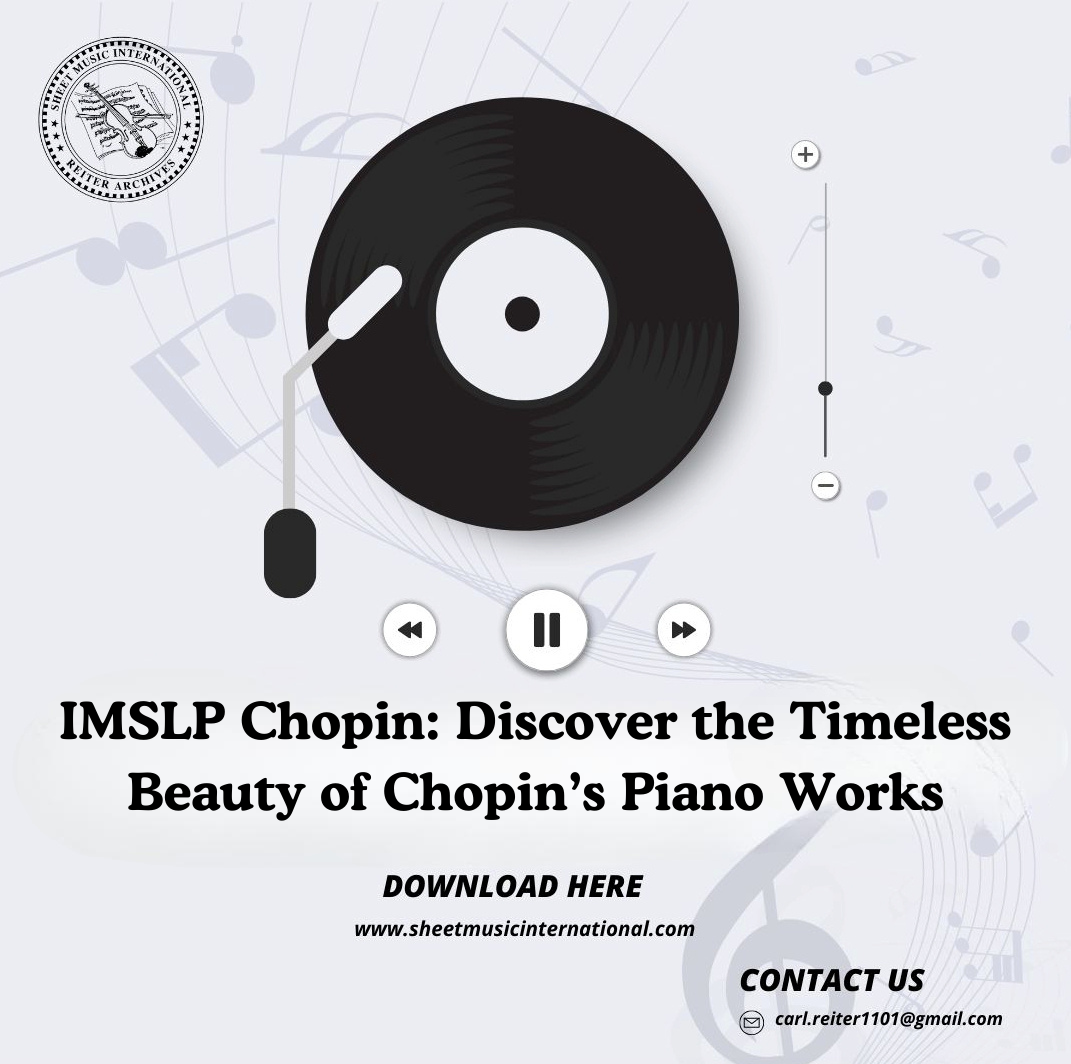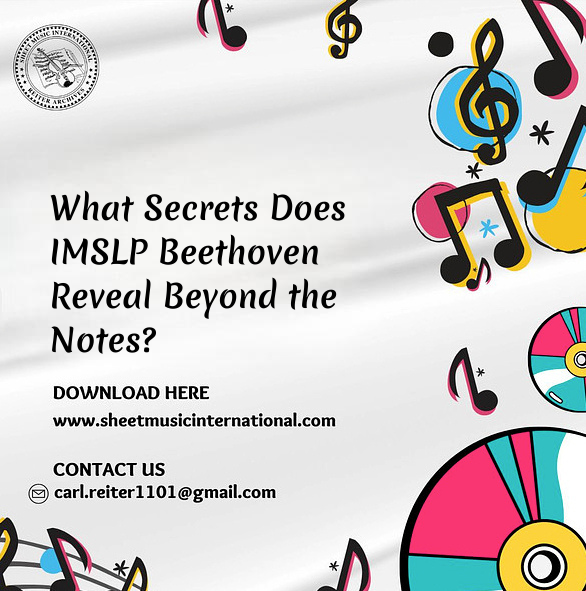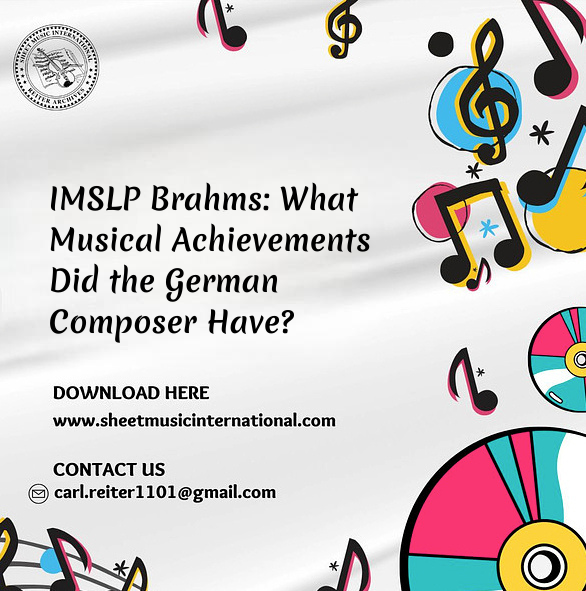
Your Request is under process, Please wait.


Beethoven’s Moonlight Sonata evokes mystery, drawing the attention of the listeners into the world of melancholy. This holds a unique place in the hearts of music lovers worldwide. But what makes this sonata so persistently beloved? It is a persistent question. In this blog, let's dive a little deeper into understanding the enduring legacy of Beethoven's Moonlight Sonata. Thus, leading you through the experience of performing this timeless, cherished piece.
Beethoven’s Moonlight Sonata evokes mystery, drawing the attention of the listeners into the world of melancholy. This holds a unique place in the hearts of music lovers worldwide. But what makes this sonata so persistently beloved? It is a persistent question. In this blog, let's dive a little deeper into understanding the enduring legacy of Beethoven's Moonlight Sonata. Thus, leading you through the experience of performing this timeless, cherished piece.
During the time of intense artistic development, the 1800s, Ludwig van Beethoven wrote the Moonlight Sonata. It was formally known as Piano Sonata No. 14, which was dedicated to Beethoven's student, Countess Giulietta Guicciardi. "Moonlight Sonata" wasn't named by Beethoven himself; years later, a German music poet, Ludwig Rellstab, named it after the first movement to moonlight glistening on Lake Lucerne.
With his strong imagination, Beethoven created this work when he was first experiencing hearing loss. The Moonlight Sonata is remarkable for its emotional
expressiveness, deviating from the classical sonata form by introducing a slow movement first. This daring innovation made the piece stand out and played a role in making it an enduring favorite.
The Moonlight Sonata is famous because of its unusual structure, with three disparate movements that take the listener on a dramatic musical journey.
The sonata begins by establishing a contemplative, dreamlike atmosphere with a slow, evocative movement. Adagio sostenuto is where it begins with a slow piano playing a shimmering sound. It starts with a remembrance of moonlight casting ripples upon the water, the sonata’s popular nickname. This moment is quite playable for intermediate pianists; at the same time, it can be difficult to capture the delicate dynamics along with expressive subtleties.
A bright contrast is established in the second movement, which is more like a dance rhythm. Allegretto offers slight relief from the seriousness of the initial movement. The piano notes in this are more staccato, which demands precise finger control. Perfect timing is also essential to ensure its lighthearted nature. This is easier and less forceful.
Tempestuous fervor is the eruption in the last movement with technical virtuosity. Presto agitato demands accuracy and speed, as there are dynamic changes in dynamics. This part is the most difficult segment of the Moonlight Sonata. It reflects Beethoven's artistry as a composer. There are multiple rocketing piano passages, making it delightful for the listeners as well.
Collectively, the three movements bring together contrasting moods, making the Moonlight Sonata a complex master piece to play. The central theme of these piano notes is the appreciation of moments, telling the sonata’s emotional tale.
The aspiration to play Beethoven's Moonlight Sonata starts with accessing the proper sheet music. Knowing how to play piano notes is easy access to piano sheets, which can make the famous sheet easy to tackle. For a beginner or intermediate piano player, Moonlight Sonata may prove to be a little difficult.
Fortunately, multiple simplified versions of this piece are available, divided into learnable fragments. And, these do not detract from the essence of Beethoven's music. Classical piano sheet music easy versions, concentrating on simpler piano notes, gradually building confidence in learners.
Digital websites like Sheet Music International provide downloadable sheet music for the Moonlight Sonata at all levels of difficulty. Beginners may begin with simplified sheet music; as you advance, you can shift to more sophisticated versions that are closer to Beethoven's actual composition. By using the correct sheet music in tandem with regular practice and proper instruction, learning the Moonlight Sonata becomes a rewarding experience for any pianist.
It takes patience and focus to master the Moonlight Sonata. Start by reading the notes on the piano painstakingly, paying special attention to rhythm, dynamics, and phrasing. Breaking the sonata into sections can make even the most challenging passages manageable. To begin with, performing it via classical piano sheet music easy versions can be a good stepping stone, in that it will help you familiarize yourself with the underlying themes before you move to the original, more difficult music.
Besides executing the right notes, attention needs to be given to expression and feeling expressed in Beethoven's music. Mood and dynamics are important in giving the sonata its eerie beauty and passion. Practicing each hand separately before combining them can improve coordination and confidence.
Beethoven’s Moonlight Sonata remains one of the most well-known pieces in the piano repertoire. Whether you're just beginning or have been playing for years, learning this piece is an opportunity to grow as a musician. With accurate sheet music, consistent practice, and a focus on musical detail, pianists at any level can connect with what makes this work so special.
At Sheet Music International, you'll find versions of the Moonlight Sonata that suit your current skills, whether you’re looking for easy classical piano sheet music or the original score. Explore the sheet music, follow the piano notes carefully, and enjoy the process of bringing this iconic sonata to life.





.png)


